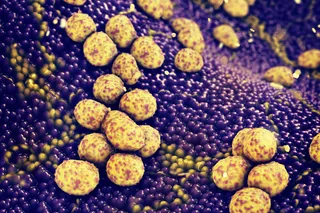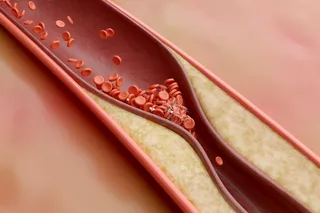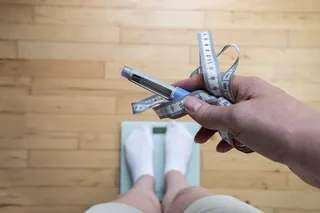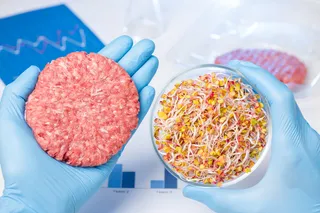In March of 1942, a young woman was dying of sepsis in a New Haven hospital. In just one day, she would be miraculously revived by a newly discovered experimental drug, seemingly by “black magic” as one consulting physician would mutter. The woman’s full recovery with the new antibiotic known as penicillin was the very first occasion of its usage in the United States and would jump-start the pharmaceutical industry’s interest in and manufacture of the drug (1).
At the time, penicillin was a rare and valuable elixir. With the ongoing war raging in Europe and in east Asia, there were few industrial plants and even fewer laborers that could manufacture a relatively untested medication. This was precious stuff, scarce in quantity but potent in implementation, and so it was a remarkably handy thing that the drug known as the “magic bullet” wasn’t just a one-hit, one-person wonder, but could ...













